The T-72 is the world’s most popular Main Battle Tank (MBT). In its current most upgraded forms, no other tank has seen the amount of military and war-time service like this one. It is a 3G+ MBT that will still see many more years of service.
Development
T-72 Main Battle Tank (MBT) entered production in 1971 and was first seen in public in 1977. As well as being produced in the former USSR, it has been built under license in Czechoslovakia, India, Poland, and former Yugoslavia. In USSR, it was built at Uralvagonzavod, a Heavy Vehicles Factory.
The tank layout is conventional, with a driver front, turret center, engine, and transmission rear. Commander sits left, gunner right. There is no loader as the 125mm smoothbore gun has an automatic carousel loader with a charge above and projectiles below.

Types of ammunition include HEAT-FS, HE-FRAG (FS), and APFSDS, a regular mix being 12 APFSDS, 21 HE-FRAG (FS), and six HEAT-FS. A 7.62mm AA MG is mounted externally on the gunner’s hatch. Composite armor is used in the forwarding part of the hull.
A dozer blade is mounted under the nose, and additional fuel tanks can be placed at the rear to extend operational range.
Key recognition features
- Well-sloped glacis plate with driver’s position tip center, distinctive V splash plate on the glacis, turret center of the hull, engine and transmission rear, exhaust outlet on the left side of hull above last road wheel station.
- Circular turret, raised cupola with external 12.7mm machine gun on the right of the roof, stowage box rear and right, snorkel left side, infra-red searchlight right of 125mm gun which has a thermal sleeve and fume extractor. Unditching beam and long-range fuel tanks sometimes fitted rear.
- Suspension on each side has six road wheels, drive sprocket rear, idler front, and three track return rollers. The upper part is often covered by a rubber skirt or fold-out armor panels over forwarding wheel stations.
Status
In production. In service with Algeria, Bulgaria, Cuba, Czech Republic, Finland, Ukraine, Hungary, India, Iraq, Libya, Poland, Romania, Russia, Syria, countries of former Yugoslavia, and dozens of others.
Manufacturers
Russia (Chelyabinsk, Kirov, and Nizhny Tagil) has also been built under license, often with modifications, in the following countries: former Czechoslovakia, India (T-72M1), Iraq (T-72M1), Poland (T-72M1), Romania (TR-125) and former Yugoslavia (M-84).
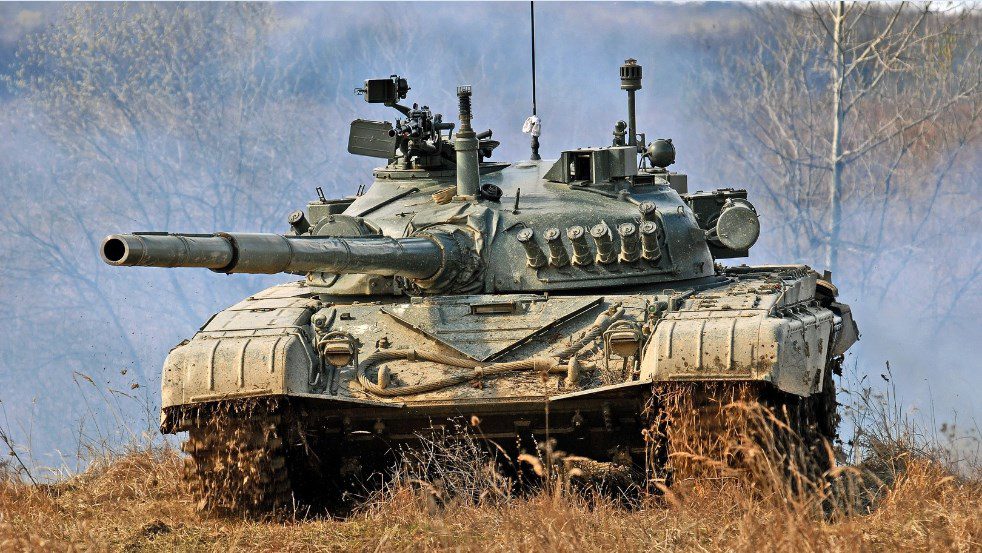
T-72 Today
The T-72 tank is still viable today. Perhaps it’s not an MBT for a highly advanced nation, but it is excellent for developing countries and small partisan groups.
So the fact that half the world is using them means they are useful. Upgraded versions are competent against other armor, while early versions are suitable for infantry support and mobile firepower. They can be easily fitted with extra armor and are reliable while providing an armored mobile box with a large gun. Also, they are many versions of them.
All tanks are a set of compromises. Emphasize certain design features and their functions, and you end up short on others. The T-72 is no exception, but this tank has many exceptional things. This tank has a lot of advantages, including its relatively small size and weight (making it a much easier tank to transport to the battle). It’s hard for me to stop saying good things about the tank. If you like tanks, you will find many good aspects. For example (go to point 8 if you want to see a disadvantage or vulnerability),
- It is clear now the world’s most popular main battle tank.
- It is a second-generation tank that has made it into the third generation + era through upgrades.
- It was created to complement the T-64 program since the T-64 was an expensive tank of revolutionary design and execution. The Soviet Union wanted something to replace the T-55s and T-62s in its forces and become a main battle tank for the Warsaw Pact.
- The T-72 was meant to be manufactured and exported in large numbers, and it was.
- It was not originally designed to be a hunter-killer tank that would take on opposition tanks. That was not its primary role. It was intended to be a direct-fire platform for mechanized infantry divisions.
- It proved to be a flexible design that allowed it to be upgraded to an MBT that can also be a hunter-killer tank.
- It became the basis for new tanks based on it—like the Russian T-90, the Polish PT-91 Twardy, and the Yugoslav M-84.
- Its principal vulnerabilities would be having a large ammo load directly under the turret, connected via the auto-loader. This makes the tank vulnerable to catastrophic explosions should the hull be pierced by anti-armor KE or HEAT rounds. This is not a unique vulnerability. We have seen Leopard 2 and M1A2 Abrams tanks undergoing catastrophic explosions and fires with their ammo loads, even when they don’t have them under the turret in the hull’s center.
Frontally, the T-72 hull and the turret are now very well-protected, but the hull would still be vulnerable on its sides. There is no complete solution to this issue except to separate the bottom of the turret from the ammo load with extra shielding and to beef up the armor packages all around the tank—which is what has been done.
The tank’s vulnerability would be significantly reduced with a switch to active protection systems. Still, such active systems would have to be effective against fast-moving KE rounds, not just HEAT or HEAT ATGMs.
Variants
The Russians have the following designations for the T-72 series of MBT, which differ in some areas from those used by NATO.
- T-72, original production model with a coincidence rangefinder
- T-72K, command version above.
- T-72A, a number of improvements including a laser rangefinder, in the Warsaw Pact was called T-72M, with T-72G being the export version
- T-72AK, the command version of T-72A
- T-72AV, T-72 with explosive reactive armor
- T-72M, export model of T-72A
- T-72M1, modernized T-72M with additional armor
- T-72B, thicker turret armor
- T-72BK, command version of above
- T-72B1, T-72 without the capability to launch a laser-guided anti-tank projectile
- T-72S, the export version of T-72B
- T-72S1, the export version of T-72B1
- T-72BM has second-generation explosive reactive armor
- T-90, further development of T-72
- PT-91, a Polish version of T-72
- TR-125, the Romanian version of T-72
- M-84, the former Yugoslav version of T-72
- T-72 with 155mm turret, for trials purposes, India has fitted French, Slovakian, South African, and UK 155mm artillery turrets
The tank can be fitted with various types of mine-clearing systems:
- MTU-82 AVLB, similar to MTU-20 but on T-72 chassis
- BREM-1 armored recovery and repair vehicle
- BREM-2 armored recovery and repair vehicle
- IMR-2 combat engineer vehicle based on T-72 chassis
Technical specifications
| Country of origin: | SSSR |
| Manufacturer: | Chelyabinsk, Kirov, and Nizhny Tagil |
| Crew: | 3 |
| Armament: | 1 x 125, 1 x 7.62mm MG (coaxial), 1 x 12.7mm MG (AA) |
| Ammunition: | 45 x 125mm, 2,000 x 7.62mm, 300 x 12.7mm |
| Length gun forwards: | 9.24m |
| Length hull: | 6.95m |
| Width without skirts: | 3.6m |
| Width with skirts: | 4.75m |
| Height without AA MG: | 2.37m |
| Ground clearance: | 0.47m |
| Weight, combat: | 44,500kg |
| Power-to-weight ratio: | 18.9hp/tonne |
| Ground pressure: | 0.84kg/cm2 |
| Engine: | V-46 V-12 diesel developing 840hp at 2,000rpm |
| Maximum road speed: | 80km/hr |
| Maximum road range: | 480km, 550km (with long-range tanks) |
| Fuel capacity: | 1,000 lit |
| Fording: | 1.8m (without preparation), 5m (with preparation) |
| Vertical obstacle: | 0.85m |
| Trench: | 2.8m |
| Gradient: | 60% |
| Side slope: | 40% |
| Armor: | Classified |
| Armor type: | Composite/steel |
| NBC system: | Yes |
| Night vision equipment: | Yes (infra-red for commander, gunner, and driver) |
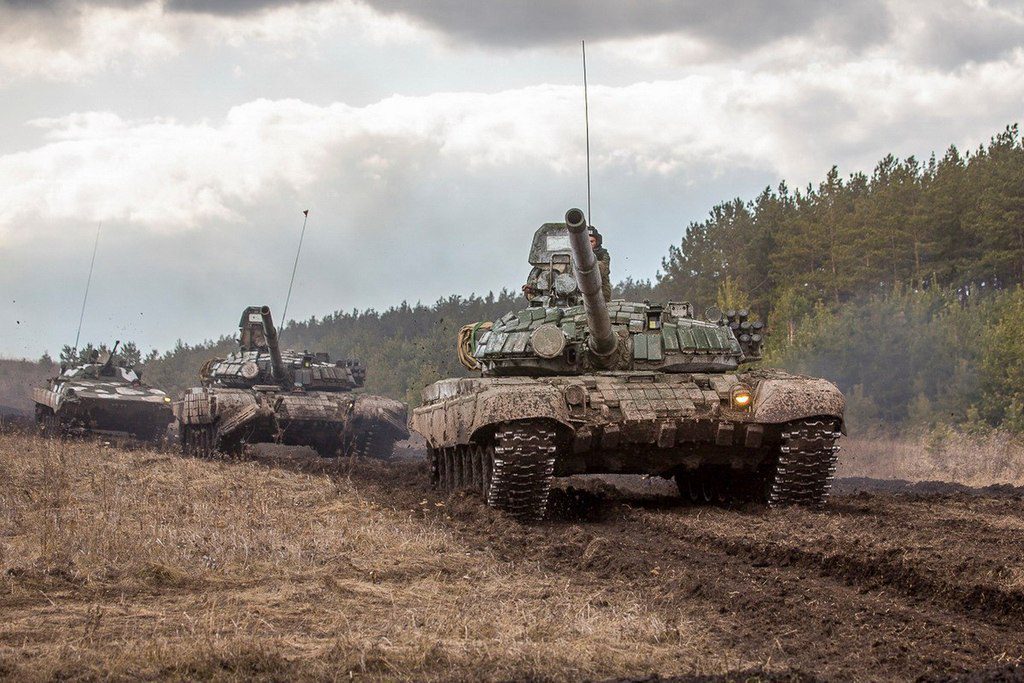

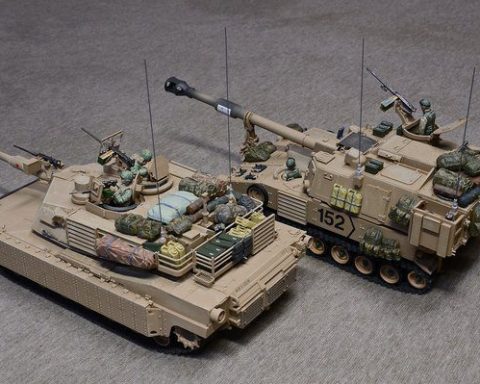

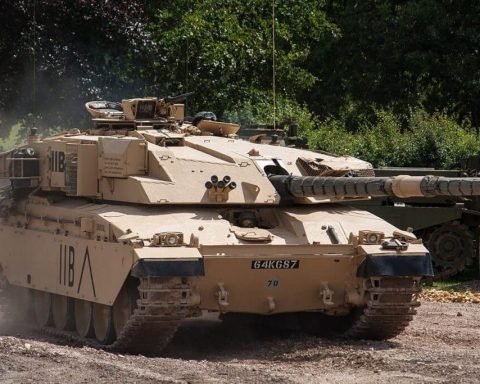

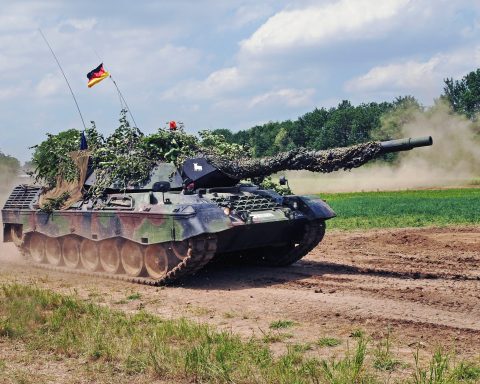
Whats the latest modification regarding TI NVD